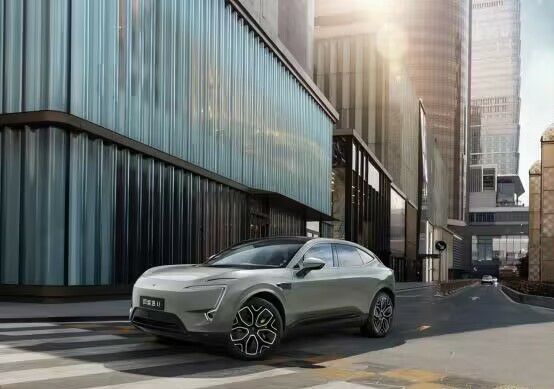The pace of modern life is getting faster and faster. In order to save time, major electronic products have introduced “fast charging” and “flash charging” functions. Car manufacturers are also keeping up with the trend. Battery swapping has become popular in new energy vehicles, and in the past two years, high-voltage charging seems to have become the new favorite of car companies, with a trend of competing with battery swapping. For example, the Ativa jointly developed by Changan Automobile, Huawei, and CATL.
The Ativa 11 series adopts a 750V high voltage platform, and the highest charging power can reach 240kW. Charging for 10 minutes can increase the range by 200km, and 30% to 80% charge can be completed in just 15 minutes. Such speed has basically eliminated range anxiety.
To meet the demand for ultra-fast energy replenishment by more users, Ativa has signed a long-term strategic cooperation agreement with BP to jointly promote the construction of high-voltage fast charging network. It is reported that Ativa will allow Beijing, Shanghai, and Guangzhou users to experience efficient energy replenishment by the end of this year at the latest, and plans to deploy more than 100 high-voltage charging stations in 19 cities across the country by the end of 2023, with a single station power up to 480kW and a single gun maximum power of 240kW, becoming the first SEV brand to deploy high-voltage charging network on a large scale in the country.
Similarly, XPeng Motors recently announced its own 480kW fast charging technology, which uses a similar high-voltage fast charging technology route as the Ativa 11. In the near future, we will see high-voltage charging stations rising up to provide users with a charging experience comparable to that of battery swapping. We believe that Ativa will lead the way in solving one of the major pain points for new energy vehicle travel.
This article is a translation by ChatGPT of a Chinese report from 42HOW. If you have any questions about it, please email bd@42how.com.
